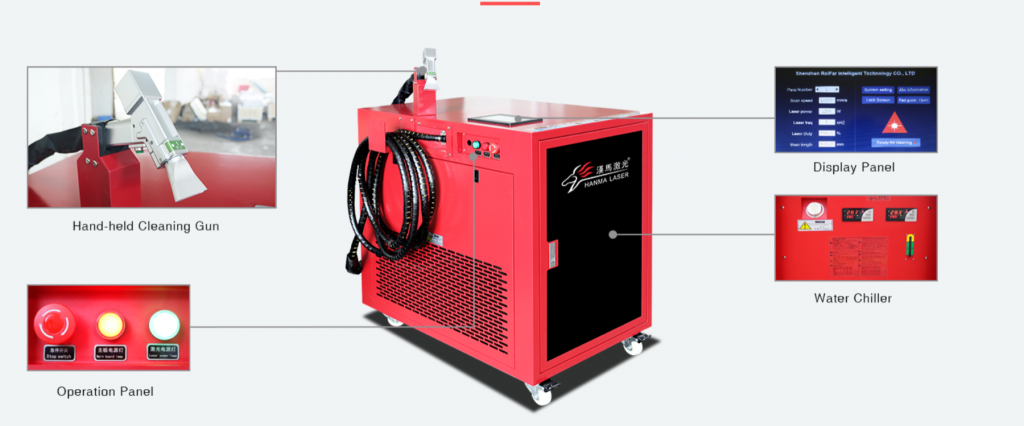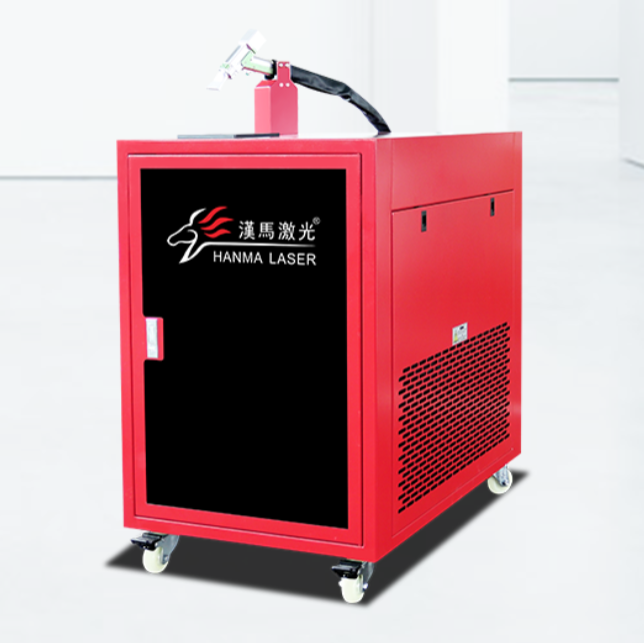Benefits of Laser Welding
Laser welding is an effective method of joining metals together. It is fast and precise. It also requires less heat input, which keeps the peak temperature below the ignition threshold. This type of welding also allows for the repair of thermal-sensitive parts. It has many applications in medical devices, including air bag inflators.
Fast
Laser welding is a fast, efficient, and accurate way to join two different materials together. It is especially useful for thin-film welds. Because lasers have very high power and precision in energy delivery, the process is ideal for this type of welding. However, it is important to keep in mind that laser welding requires a high degree of contact control between the two sheets. Figure 2.8 shows an example of laser welding a thin stainless steel sheet to a thicker substrate. In this case, a special patented process was used to achieve successful contact control.
Laser welding is also fast because it does not need any preparation time. With laser welding, the process only takes a few seconds. The resulting weld joint is nearly perfect, which means it can be applied to a large number of parts in a single session. This allows you to complete the process in a matter of hours instead of days. Laser welding also allows you to expand your product portfolio. You can use lasers to produce a wide range of metal parts, including those that are too difficult or expensive to work with.
Precision
Laser welding offers precision and versatility in a wide range of industries. This modern technology allows you to weld metals, plastics, and other materials in the most efficient way possible. The technology is very accurate and does not affect the integrity of the welded parts. It can even weld very difficult or complicated parts with great accuracy and precision.
Unlike traditional welding, laser welding offers precision and versatility. Choosing the right laser for a particular application depends on several factors, including material type, thickness, cycle time, and desired weld penetration. For the most precision welds, fiber lasers offer up to five times faster welding and have less heat input.

Cost
Laser welding is a process of welding two materials together using a laser. The light energy from the laser is reflected off the material and part of it is absorbed. The material then converts the light energy into heat, causing it to melt. This heat then transfers from the surface layer into the depth of the material. This process produces a bond between two pieces of material that is permanent.
Laser welding has many advantages over other forms of welding. First, the process is faster. It is highly accurate and can produce high-quality welds on a wide range of materials. Second, it is less costly. Thirdly, laser welding is compatible with full automation. This makes it an ideal choice for factories with repetitive processes. It has been proven that automation can increase the efficiency of manufacturing processes by as much as 86%. This translates into increased profitability and better quality products.
Productivity
Laser welding provides productivity benefits to the welding industry. With greater travel speeds than traditional welding processes, laser welding can significantly increase efficiency and productivity. There are two main types of laser welding: conduction welding and keyhole welding. Each mode offers specific benefits. As energy levels vary, a laser welding system can switch between modes as needed.
Using lasers for welding is becoming more common in automated welding applications. The high-powered lasers used in traditional welding processes have a wavelength of 10 microns. Until recently, this wavelength was too large to transmit through fiber optic cable. However, with the development of one-micron lasers, this limit has been overcome.
Environmental Friendliness
Environmental friendliness of laser welding depends on various factors. The emission factor of a functional unit (E p) and the relative distance of the head/body to the source of fume (K b) determine the potential health risks. These factors vary across welding processes, and each welding process has a different contribution to environmental friendliness.
In addition to the welding process itself, other processes that affect sustainability are the filler material, consumable electrodes, and shielding gas. These inputs come from the extraction of natural resources. When these inputs are not recycled, they result in pollutants that end up in the environment. One of the more environmentally friendly solutions is to recycle the welding helmets.
Small weld volumes
Laser welding has several advantages over conventional welding. Lasers can weld in small volumes. They can be used for high-precision welding of small parts, such as studs, fasteners, and even small-diameter pipes. However, the process is sensitive to changes in the workpiece, such as deformation and thermal lens effect. Due to these factors, it is important to use high-quality laser welding equipment, and the laser power needs to be carefully monitored. The use of pulse-shaping technology helps to optimize the weld quality and is beneficial for welding in difficult-to-weld materials.
Lasers with high power density can generate a plasma cloud. The plasma cloud can reduce the amount of laser absorption by the workpiece and can even cause instability in the welding process. Using a lower power density laser can reduce the likelihood of this problem.
Economical
Laser welding can be used in many different applications. For example, it can be used to produce transmissions, roof assemblies, and air conditioners. This type of welding can weld a variety of metals including dissimilar alloys. It also reduces distortion and contamination. Depending on the laser, it may be possible to weld up to 12mm thick steel.
Laser welding is a cost-efficient way to create high-quality welded parts. It allows for a high volume production rate and less post-processing. This also leads to lower per-unit costs. It is also highly accurate, which makes it an excellent choice for high-volume manufacturing.




